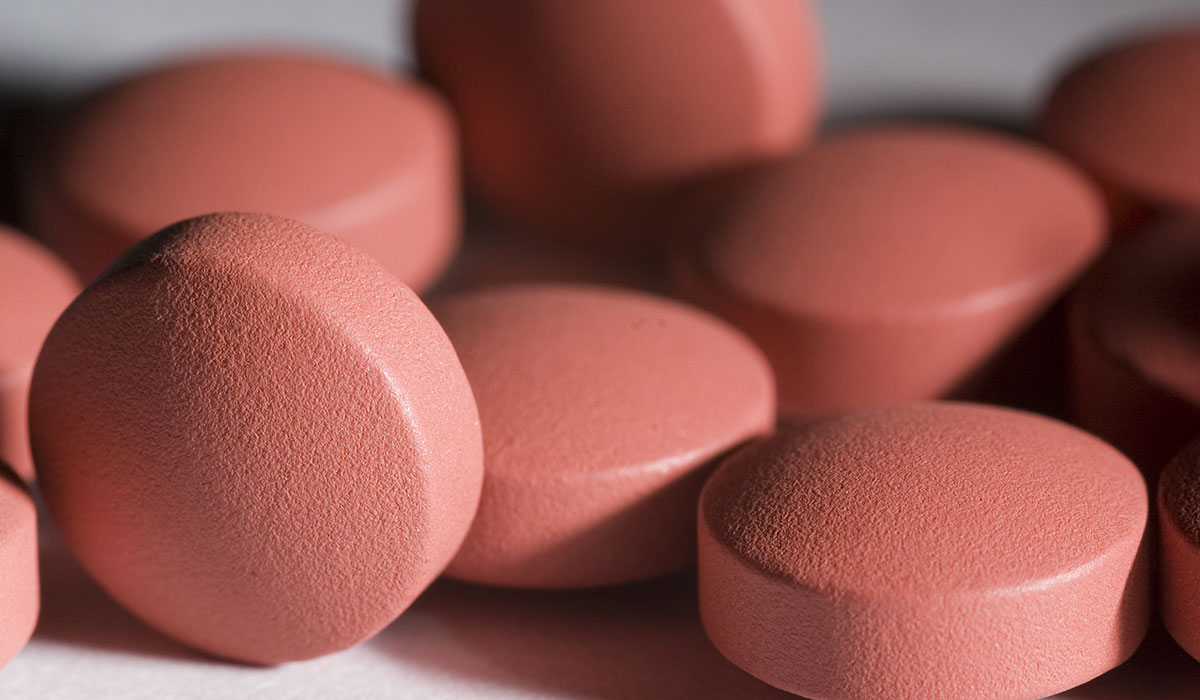Six Ways to Treat a Migraine

headache medication image via shutterstock
As anyone who suffers from migraines knows, relief is not easy — or fast — to come by. Unlike an average headache, a migraine can also include nausea, vision disturbances, light and sound sensitivity, and weakness, which makes treating a migraine much more difficult than simply popping ibuprofen.
“Migraines come from a hyperexcitability of cells, which triggers a whole cascade of different events,” explains Carolyn Bernstein, clinical director of the Beth Israel Deaconess Medical Center Headache Center. “The pain fibers are activated around the lining of the brain and the nerves that control pain in the top of the head and the face, which causes a different kind of pain, a very severe throbbing pain. People feel like their head is going to explode.”
As for why some people suffer regularly from migraines while others will never get one, Bernstein says it’s likely thanks to genetics. “Any kind of change can trigger off a migraine for somebody who’s susceptible,” Bernstein says, “so a poor night of sleep, missing a meal, being exposed to very bright lights, or a time change [could all be triggers].”
And while there’s no way to make yourself less susceptible, Bernstein says there are a variety of things migraine sufferers can do to lessen the intensity and frequency of their headaches. Below, she shares her best tips:
There’s an app for that: Bernstein says one of the best things to do is determine your specific trigger and avoid it. To do that, she recommends apps like iHeadache and Track My Migraine. “The best thing to do is to keep a really meticulous diary, and to use one of the phone diaries, I think, is a really easy way to do that,” she says.
Go herbal: “There’s one herb, butterbur, that’s been highly evidenced by the American Academy of Neurology and the American Headache Society,” Bernstein says. “A lot of people won’t take any more medication than they have to, and I have a lot of patients who are doing well [using butterbur].”
Visit your dermatologist: Botox injections can provide some relief, but the treatment is reserved for those who suffer from migraines more than 15 days each month, Bernstein says.
Hit the gym: Though more research is required, Bernstein says studies have linked regular exercise to fewer migraines, and higher BMI to increased risk of migraines. “Probably, it reduces some inflammatory markers that can trigger off the headaches,” Bernstein says of exercise. “And also it improves mood – neurotransmitter modulated – in a way that may also be helpful in decreasing the headache.”
Get caffeinated: “Caffeine, if you’re stuck, is probably the best over-the-counter available thing to use,” she says. “It will definitely decrease the severity of the headache for most people, so it’s something that you can turn to.” In fact, caffeine is the differentiating ingredient in migraine-specific painkillers like Excedrin.
Go high-tech: A method called transcranial magnetic stimulation — which was FDA-approved in January — involves “using a big magnet and applying it to the head” and can lessen both depression and migraines, Bernstein says. There’s also a headband-like device called Cefaly that’s believed to help, but Bernstein is skeptical. “I don’t think it’s very effective,” she admits. “It’s safe, but I don’t think it’s worth $250.”


